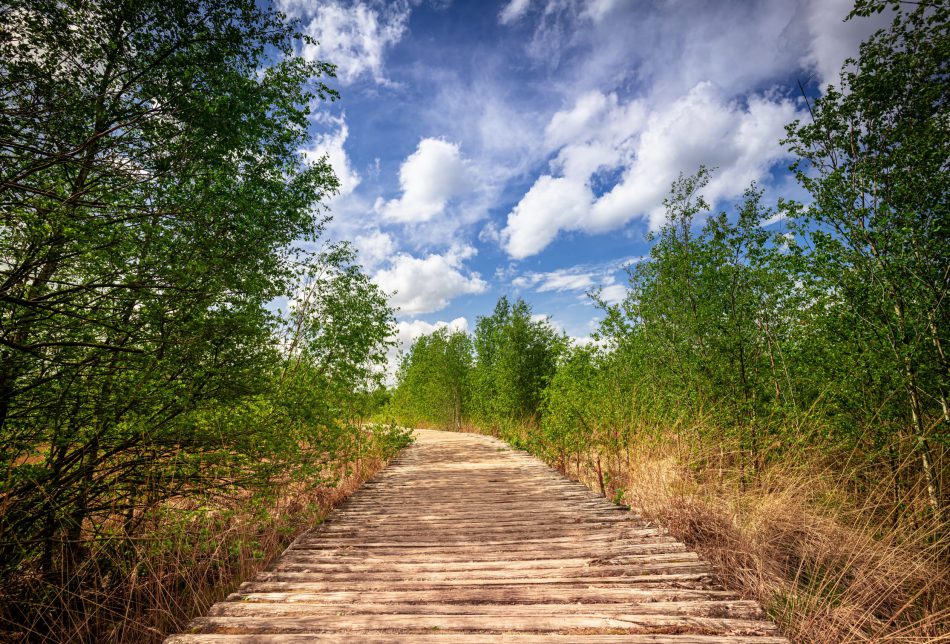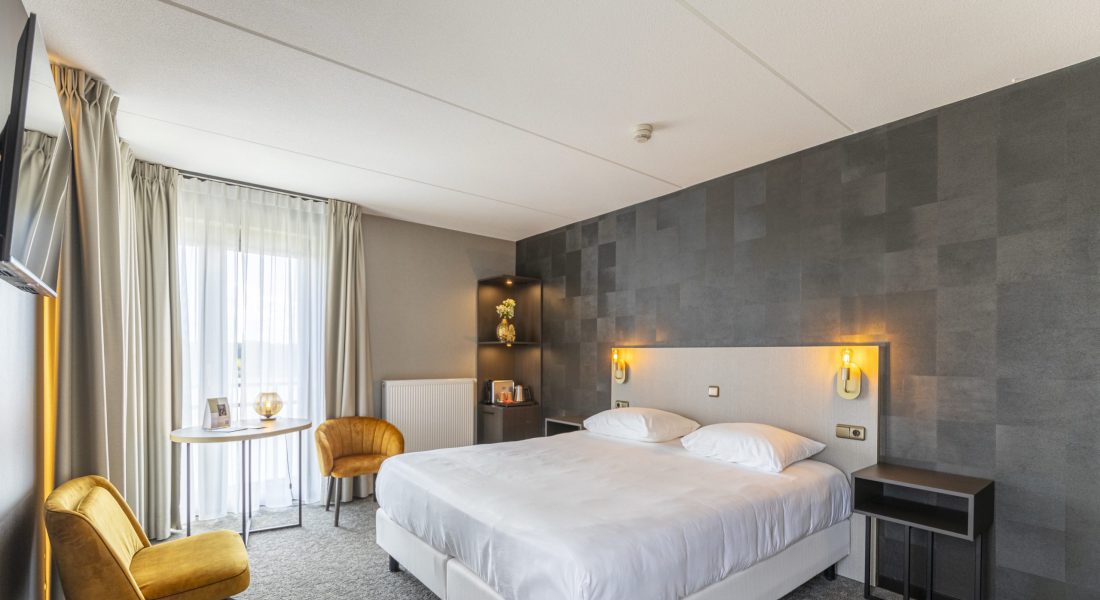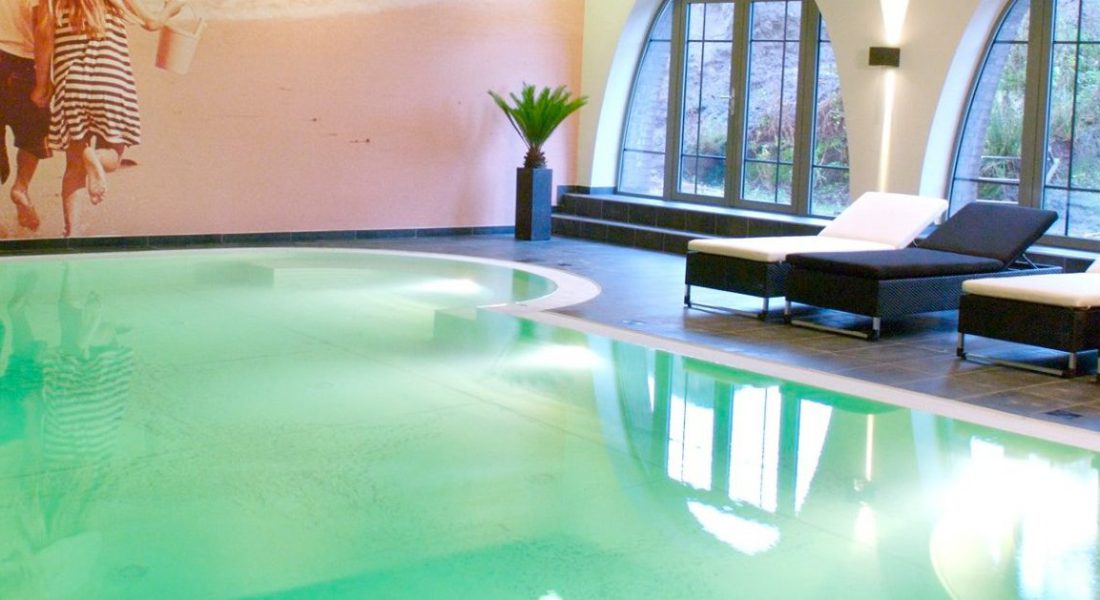The ‘Groote Peel’ National Park is located on the border of Limburg and North Brabant, in the triangle formed by Meijel, Asten, and Nederweert. Standing in the center of the ‘Groote Peel’, you will notice the church towers of these villages. The area covers 1500 hectares and is one of the few remaining pieces of the vast peat bog that once formed the border between Brabant and Limburg.
Nowadays, it’s an internationally renowned nature reserve, particularly famous for its birdlife. The expansive and water-rich landscape serves as a reminder of the past. Once a place to avoid, now you can wander through it to your heart’s content.
Exploring the ‘Peel’ on foot
The ‘Groote Peel’ is unlike any other area. It’s not a forest, nor heathland, nor polder. ‘Peel’ means marshy place. And indeed, it’s soggy here. Due to a layer of clay, water couldn’t drain properly. Water and marsh plants hardly decomposed. This led to the formation of peat, which served as the foundation for the abundant growth of sphagnum moss.
Formation of the landscape
Once, the ‘Peel’ was a vast, almost impassable raised bog. However, most of it disappeared as peat – ‘the gold of De Peel’ – into ovens and stoves. The ‘Deurnse Peel’, the ‘Mariapeel’, and the ‘Groote Peel’ remained. The area is internationally recognized as a ‘wetland’. It is of great importance for various marsh and water birds. Since 1993, the ‘Groote Peel’ has been a national park.








